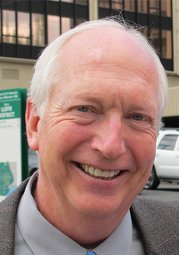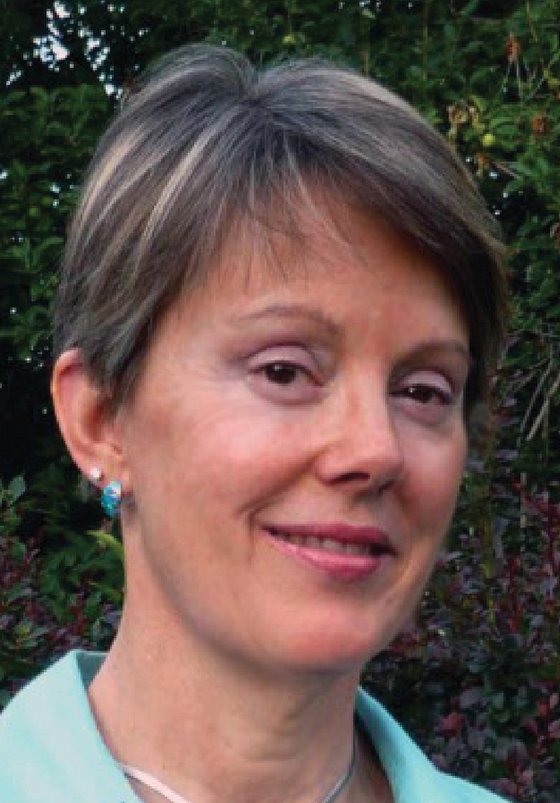SPECIAL SECTION
2015 AIHA ELECTIONS
Harry J. Beaulieu, PhD, CIH, CSP
President and Senior Scientist
Industrial Hygiene Resources (IHR)
Boise, Idaho
Industrial hygienists should “own” the professional practice area of protecting worker health. Our AIHA needs to energetically support those core skill sets for our members, but also embrace newly emerging ones with focused members. Some of us will continue practicing our core rubrics, e.g., noise, chemical and now biological issues such as mold. Some of us will need to embrace narrow and sometimes new topics such as nanotechnology, healthcare and Ebola, and mining, through our working groups.
Chemical sampling and analytical methods, and occupational exposure limits (OELs) are certainly areas that we must own and lead as new chemicals are being developed and introduced to market. We continue to find that we don’t have chemical sampling and analytical methods, and that no occupational exposure limits are offered by the developers. We find ourselves unable to use our classical tools of exposure monitoring and application of OELs because their development has not kept up with the introduction of the chemicals to the marketplace.
AIHA could guide both EPA and OSHA to ensure that as new chemicals are brought to market, exposure monitoring (sampling and analytical methods) and evaluation criteria (recommended OELs) come along with them. I consider the development of these tools within the capability of manufacturers, and their responsibility in product stewardship.
VICE PRESIDENT
LINKS:
• 2015 AIHA Elections
• The Synergist TOC

Deborah Nelson, PhD, CIH
Safety and Occupational Health Manager
U.S. Department of Agriculture, Animal Plant Health Inspection Service, Veterinary Services
Ft. Collins, Colo.
The area of professional practice which IHs must continue to own is anticipation, recognition, evaluation, and control of workplace hazards. The content management strategy will focus our time, energy, and resources as these hazards evolve and priorities shift, but the classic, integrated IH process will keep us focused as we protect worker health and safety.
AIHA’s elected officers have a fiduciary responsibility to steward resources. This is best done by concentrating on initiatives that don’t require heavy investment in research. The role of AIHA is more closely aligned with content development; we’re the people with the essential knowledge, skills, and experience in workplace hazards. Hazard Banding, IH Value, and Global Markets require more content development than research. I’d strongly support these initiatives by encouraging collaboration with government, academic, and corporate partners, and by providing resources to our technical committees to develop PDCs, technical publications, e-tools and apps, professional registries, and data repositories, with the assistance of subject matter experts as needed. The topics that require more research as compared to content development—Big Data, Sensor Technologies, and Changing Work Force—certainly deserve our advocacy, but other organizations are better suited to conduct research before AIHA invests in content development.
Content is very important, but it’s our overall process of anticipation, recognition, evaluation, and control of workplace hazards that’s critical to IH.


